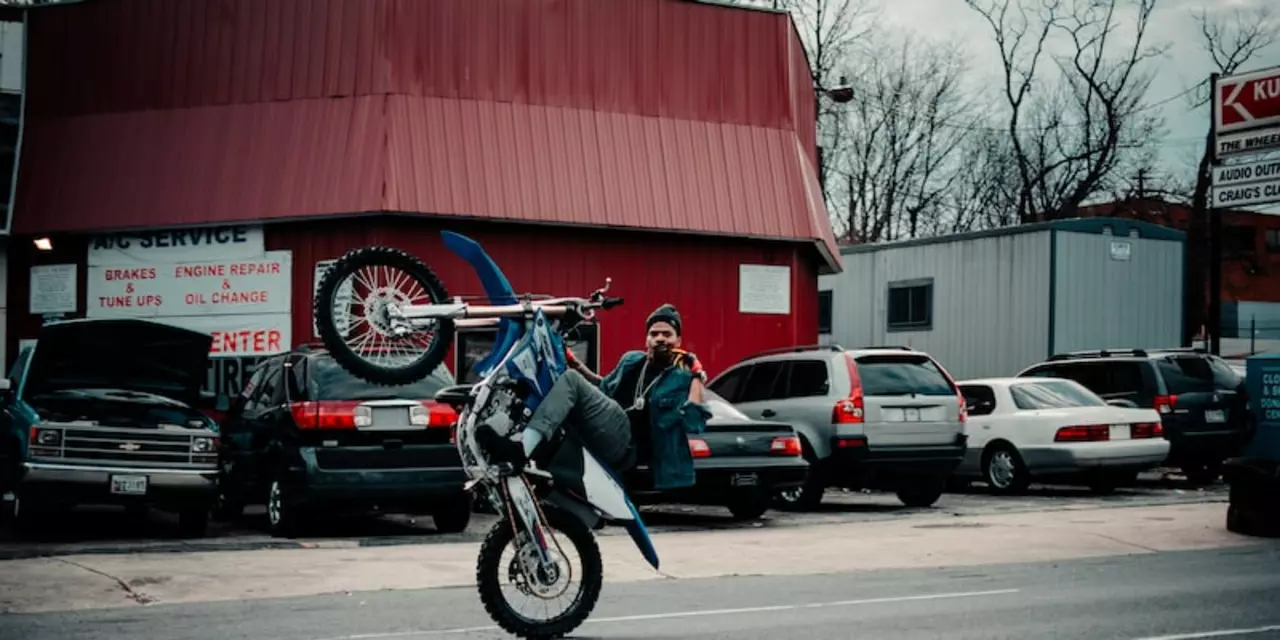Public Roads: Real‑World Racing Tips and Safety Basics
Ever wonder how the thrill of racing translates to the streets you drive every day? It’s not just about horsepower; it’s about knowing the road, respecting other drivers, and keeping yourself safe. In this guide, we break down the most useful tricks for anyone who loves speed but also wants to stay out of trouble.
Why Public Roads Matter to Racers
Public roads are the training ground for most drivers. You can’t practice on a race track every weekend, so the everyday street becomes your classroom. Learning how a corner feels at 50 mph is different from a 150‑mph slick, but the same principles apply: look where you want to go, brake before you turn, and keep the car balanced. When you master these basics on a city street, you’ll feel more confident on any track.
Speed limits aren’t just suggestions; they’re designed around the road’s geometry, traffic flow, and safety data. Ignoring them doesn’t make you a better driver—it just raises the risk of accidents and tickets. A smart racer knows when to push and when to hold back, using the legal limits as a benchmark for skill, not as a barrier.
Everyday Safety Hacks
First, keep a safe following distance. The rule of two‑second gaps works on highways and in town. It gives you enough time to react if the car ahead brakes suddenly. Second, always scan ahead for hazards—sharp turns, pedestrians, and parked cars. Anticipating problems lets you adjust early, which feels smoother than last‑minute braking.
Third, maintain your car. Simple things like checking tire pressure, ensuring brakes work well, and keeping fluids topped up can prevent a loss of control. A well‑tuned vehicle behaves predictably, which is crucial when you’re trying to carry a racing mindset onto a busy road.
Fourth, use your mirrors. It sounds obvious, but many drivers only glance once before changing lanes. A quick look over your shoulder and a brief check of the side mirrors can catch a motorbike or a cyclist you might otherwise miss.
Finally, stay sober and alert. Even a small amount of alcohol or a night of poor sleep can dull reaction time. If you’re feeling tired, pull over for a break or switch drivers. Clear heads make better decisions, whether you’re navigating a hairpin bend or merging onto a freeway.
By treating public roads as a low‑pressure test area, you get to practice racing fundamentals without the high‑stakes environment of a track. The result? Faster lap times when you do hit a circuit, and a lot fewer tickets and scratches on your daily commute.
Remember, the goal isn’t to turn every street into a racetrack. It’s to bring the discipline, respect, and skill of motorsport into everyday driving. That’s the sweet spot where excitement meets safety, and where every driver can feel a little bit like a pro.

Do you like street racing?
Street racing is a type of illegal racing that takes place on public roads, usually at night or early in the morning. It is often associated with dangerous stunts and speeds, as well as a culture of thrill-seeking and risk-taking. While some people may find the thrill of street racing exhilarating, others view it as a destructive and dangerous activity.